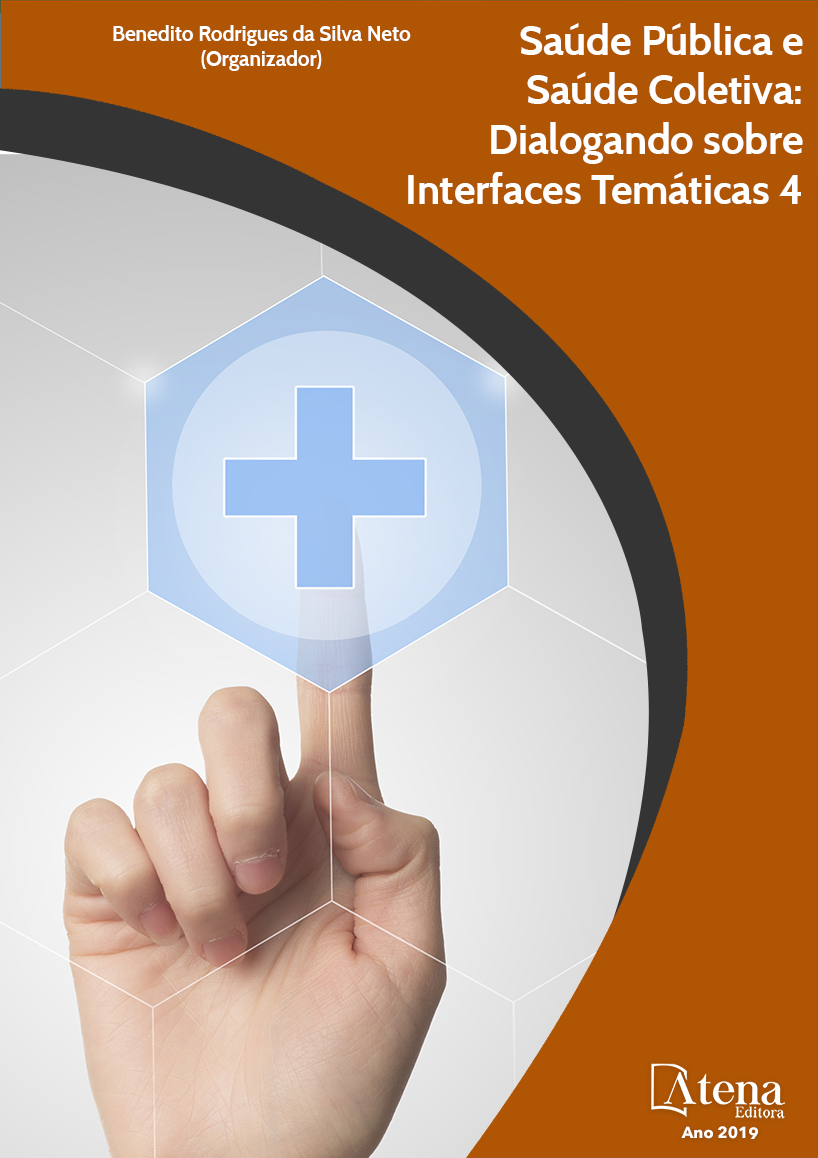
ASPECTOS FUNCIONAIS DE IDOSOS PARTICIPANTES E NÃO PARTICIPANTES DE GRUPOS DE PROMOÇÃO DA SAÚDE
Objetivo: Avaliar e comparar a
funcionalidade, nível de atividade física e autopercepção
de saúde de idosos. Métodos:
Foram avaliados 57 idosos, sendo estes
divididos em dois grupos. O primeiro grupo
participante de um programa de promoção
de saúde (GP) composto por 29 idosos e
segundo grupo não participante (GNP) com
28 participantes. Foram avaliados através
dos instrumentos: World Health Organization
Disability Assessment Schedule (WHODAS
2.0), Medida de Independência Funcional (MIF)
e o Questionário Internacional de Atividade
Física (IPAQ). Resultados: A média de idade
foi 70,4±7,5 anos para o GP e 74,9±9,9 anos
para o GNP. O sexo predominante foi feminino
com 89,95% no GP e 75% no GNP. Analisando
a funcionalidade, observou-se que não houve
diferença entre os grupos, apresentando uma
média de 39,9% no GP e 44,6% no GNP.
Também se verificou que ambos os grupos
apresentaram independência funcional,
havendo diferença entre os grupos apenas
na mobilidade (p=0,035). Quanto ao nível de
atividade física, o GP foi mais ativo que o GNP
(p=0,022). Conclusão: Não houve diferenças
funcionais entre os grupos, porém os idosos
do GP são mais ativos e apresentam melhor
mobilidade. Com isto, os idosos participantes
do GP apresentam vantagens quando
comparados idosos que não participam de
grupos de promoção de saúde, o que reforça a
idéia de que os profissionais de saúde precisam
investir em ações de educação em saúde e não
somente no tratamento de doenças e disfunções
já instaladas.
ASPECTOS FUNCIONAIS DE IDOSOS PARTICIPANTES E NÃO PARTICIPANTES DE GRUPOS DE PROMOÇÃO DA SAÚDE
-
DOI: 10.22533/at.ed.98319020910
-
Palavras-chave: Idosos; Funcionalidade; Atividade Física; Promoção da Saúde.
-
Keywords: Elderly; Functionality; Physical Activity; Health Promotion.
-
Abstract:
Objective: To evaluate and
compare the functionality, level of physical activity and self-perceived health of the
elderly. Methods: 57 elderly people were evaluated, divided into two groups. The first
group participating in a health promotion program (GP) comprised of 29 elderly people
and a second non-participating group (GNP) with 28 participants. They were evaluated
through the instruments: World Health Organization Disability Assessment Schedule
(WHODAS 2.0), Functional Independence Measure (FIM) and International Physical
Activity Questionnaire (IPAQ). Results: The mean age was 70.4±7.5 years for GP and
74.9±9.9 years for GNP. The predominant gender was female with 89.95% in GP and
75% in GNP. Analyzing the functionality, it was observed that there was no difference
between the groups, presenting an average of 39.9% in GP and 44.6% in GNP. It
was also found that both groups presented functional independence, with only one
difference in mobility (p=0.035). Regarding the level of physical activity, GP was more
active than GNP (p=0.022). Conclusion: There were no functional differences between
the groups, but the elderly of GP were more active and presented better mobility. With
this, elderly GP participants have advantages when compared to elderly people who
do not participate in health promotion groups, which reinforces the idea that health
professionals need to invest in health education actions and not only in the treatment
of diseases and already installed.
-
Número de páginas: 15
- Daniela Gonçalves Vargas
- Jaciéli Charão Vargas
- Fernanda Alves Carvalho de Miranda
- Hedioneia Maria Foletto Pivetta
- MURILO REZENDE OLIVEIRA


